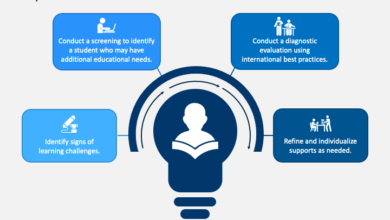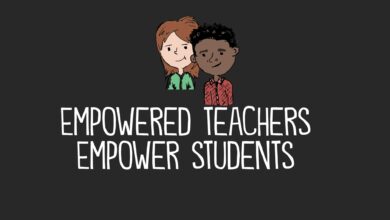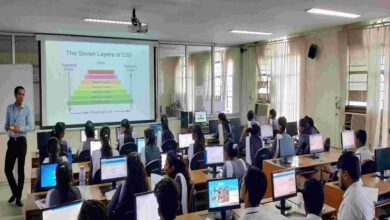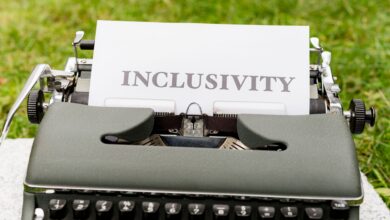Inclusive Education: Creating Classrooms for All
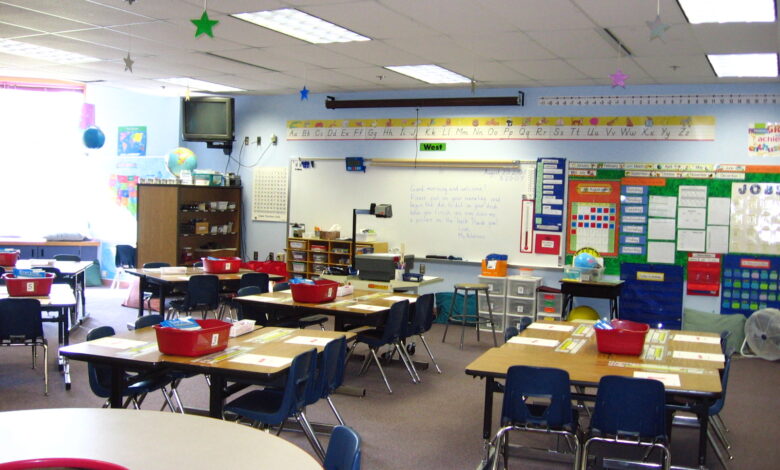
Inclusive education goes beyond merely accommodating students with disabilities. It strives to create classrooms that embrace diversity and provide equal learning opportunities for all. In this blog post, we’ll explore the principles of inclusive education and how educators can create inclusive classrooms.
Understanding Diverse Student Populations
Inclusive education begins with understanding and respecting the diverse backgrounds, abilities, and needs of students. It acknowledges that each student is unique and deserves equal access to quality education.
Differentiated Instruction
Differentiated instruction is a key component of inclusive education. It involves tailoring teaching methods to meet individual student needs. Educators adapt their teaching to ensure that every student can access the curriculum.
Promoting Empathy and Understanding
Inclusive classrooms also promote empathy and understanding among students. These environments teach values of respect, kindness, and acceptance, preparing students to be compassionate and accepting individuals in society.
Supporting Special Needs Students
Inclusive education provides necessary support and accommodations for students with special needs, ensuring that they can participate fully in the learning process. This support may include individualized education plans (IEPs) and support professionals.
Teacher Training in Inclusive Education
To create inclusive classrooms, teachers may need specialized training in inclusive education. They can learn how to identify and address diverse learning needs, making education more accessible for all.
In conclusion, inclusive education is about recognizing and respecting the unique qualities and needs of every student. It’s a commitment to providing a quality education for all, regardless of their background or abilities.

